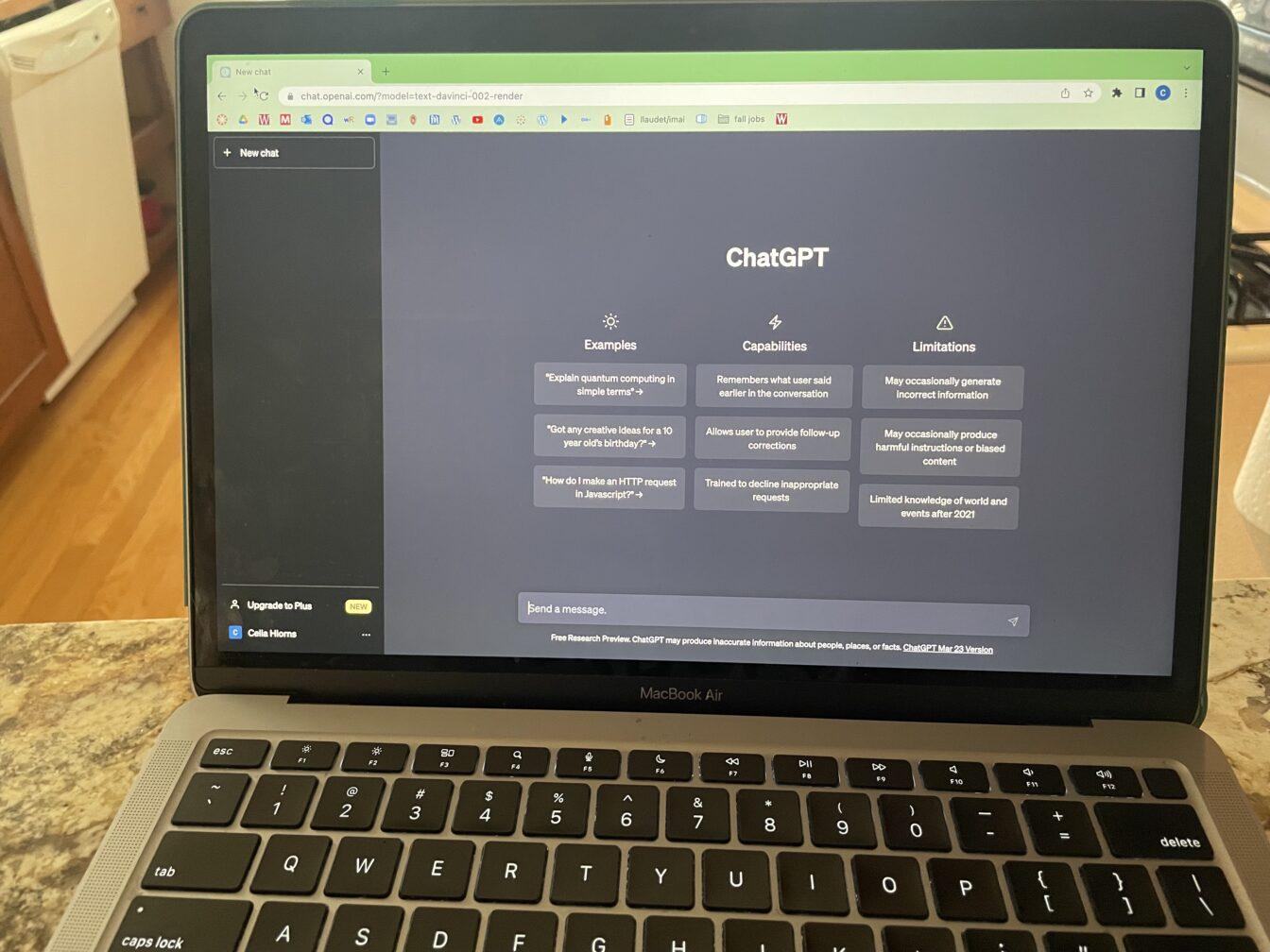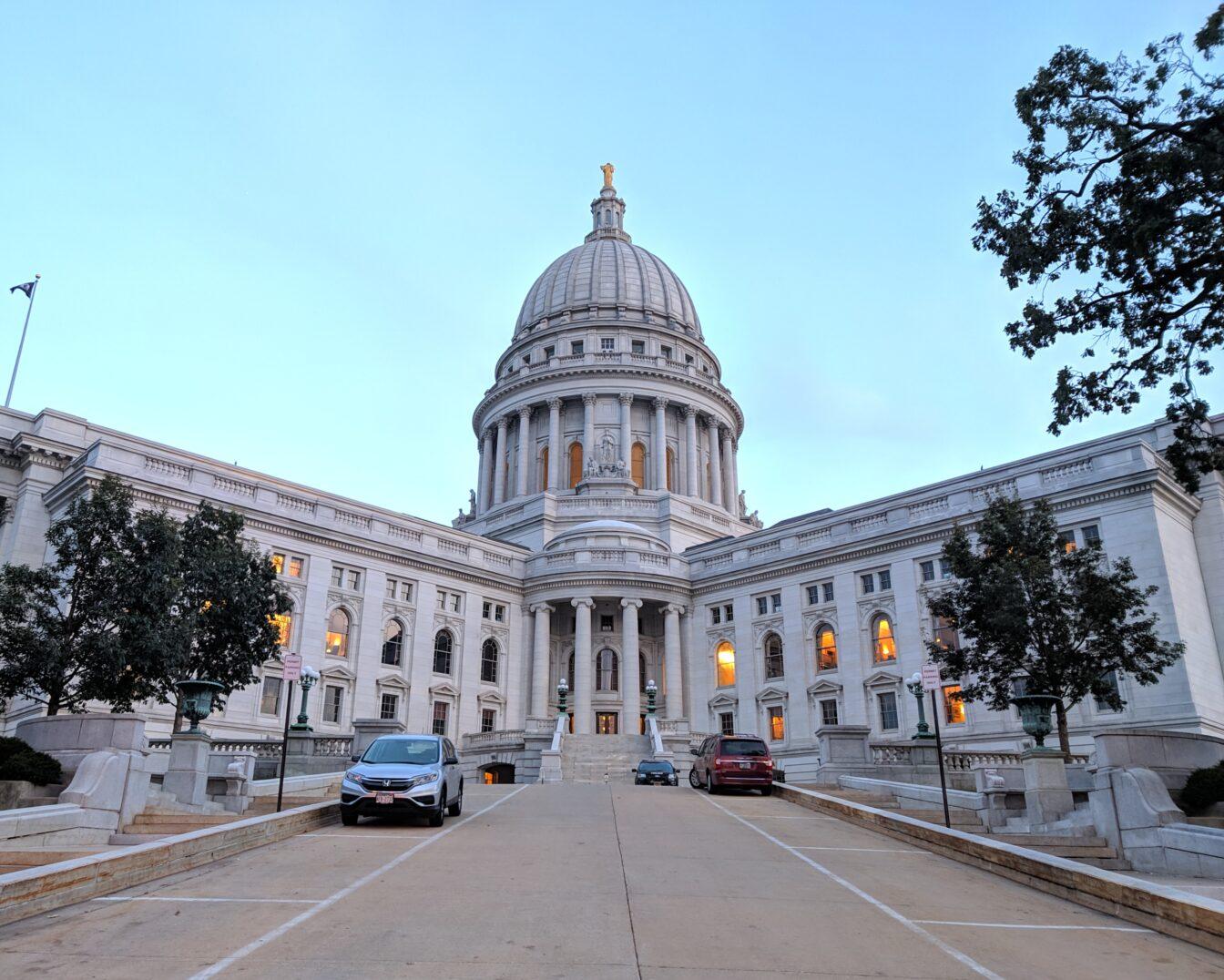The debate over what to do about the national debt ceiling is sparking conversation across the country. Wisconsin Senator Ron Johnson is among those advocating for cuts to government spending in response to the federal government hitting this borrowing limit. Others advocate for increasing the debt ceiling to accommodate current spending levels. It is time for the public and the U.S. government to consider how bad our national debt actually is and whether government spending should be cut.
Point: Government spending should not be cut
The question of managing the debt ceiling is one that continues to plague the mind of the federal government and continues to strike tension between Democrats and members of the GOP. As Congress and the Biden Administration work toward compromise, the ultimate question comes down to whether to cut government spending or raise government income.
While the prospect of raising taxes to maintain current levels of government spending is not popular among the general public, an argument must be made for it.
Without increasing tax revenue, which is the government’s main source of income, the only other option to slow down the accumulation of the national debt is to cut government spending. In theory, this sounds like a plausible solution — after all, the federal government spent around $6.5 trillion in 2022 alone.
Taking a closer look at how the government allocates its annual budget, however, it becomes difficult to distinguish between what is essential and what could be cut.
Almost 75% of the federal budget last year went to programs like Medicare, Social Security, defense and veterans, state transfers and aid, which are traditionally popular sectors of spending for the public. A poll by the Pew Research Center found that there was little support for decreases to public spending. On the contrary, across the 13 main categories of government programs allocated for in the budget every year, the majority of subjects favored increased spending. Education, veteran benefits and infrastructure were among the most favorable among these.
The Fed’s budget can indeed be costly, but many of the programs it provides are essential to maintaining our nation. Drastically cutting costs to welfare programs, healthcare, infrastructure or education could have devastating consequences which would inevitably spill over into economic productivity.
This isn’t to say that the national debt is not something to be concerned over. However, it is not as clear cut or as imminently threatening as it may first appear. Some experts proclaim that America’s unique economic situation on the world stage has effectively shielded it from the risks associated with high deficits and debt accumulation.
The United States is also unique in its practice of implementing a hard cap on spending with a debt ceiling. While some countries also have a ceiling in place, very few threaten hard economic consequences if spending exceeds this threshold. It’s hard to predict how spending past this set level would impact the country’s status on the world stage as a result.
Government spending will always be expensive, but that does not mean it isn’t a necessity. Whether it be through taking a deeper look at the potential of raising the debt ceiling or by raising taxes, particularly through a progressive system that implements a higher rate for higher income brackets, there are alternative solutions to handling our national debt that does not threaten the aid and welfare programs that our nation needs.
Fiona Hatch ([email protected]) is a senior studying political science and international studies.
Counterpoint: Government spending should be cut
The standoff between Congressional Republicans and the Biden Administration over the debt ceiling has highlighted concerns over government spending and the growth of the national debt.
While the game of financial chicken being played with the global economy is irresponsible and dangerous, the downsides of a growing national debt are very real.
The major problem with the national debt comes from the substantial interest payments going to bondholders. According to the Federal Reserve, interest payments cost the Federal Government $853 billion last year — greater than the budget of the Department of Defense. By spending a significant portion of the budget on the debt less can be directed to other priorities such as education, healthcare, infrastructure or social insurance.
For the last thirty years, this has been a manageable issue, as historically low interest rates kept debt costs to a minimum even as the total balance exploded. Federal Reserve data shows between 1991 and 2021, the national debt increased from $3.6 trillion to $28.4 trillion while to cost to service that debt fell from 3.15 percent of GDP to just 1.5 percent.
Interest rates are dependent on whether households are saving or borrowing, and because the baby boomers have been the largest generation ever their savings pushed down interest rates during their working lives. However, as the generation approaches retirement, their money is leaving their savings, thereby reversing the trend. The next decades will be marked by substantially higher interest rates for everything from mortgages to credit cards to the national debt.
With the burden of the national debt set to increase markable in the near future, the strain placed on fiscal capacity will necessitate lower spending or increased taxes. If these changes are front-loaded, they can be more gradual and less disruptive. Reducing total Federal spending now will lower total payments.
While spending is frivolous and which constitutes an invaluable service is certainly dependent on one’s political leanings, there are only a handful of places where meaningful reduction is possible. Social Security, Medicare and Medicaid, interest payments and national defense account for two-thirds of total Federal spending according to the Treasury Department.
Vegan burger restaurant pushes State Street toward plant-based eating
Cutting any of these is a political non-starter. A suite of tax credits, however, forgoes a staggering amount of revenue. The Joint Committee on Taxation reports these credits cost $1.4 trillion in 2022. Some of the expense came from programs such as the Earn Income Tax Credit which would be detrimental to remove, but significant savings can be made by cutting provisions on state and local taxes and bonds, employer health insurance and the inheritance tax which together cost nearly half a trillion dollars annually. These are not crucial exemptions and constitute some of the lowest-hanging fruit in deficit reduction.
In the face of perpetually rising debt costs reforming the tax code to remove expensive provisions will preserve fiscal capacity for higher priorities. Accomplishing this now will minimize long-term damages and prevent more drastic action from being required down the road.
Aiden Nellis ([email protected]) is a sophomore studying economics and political science.














